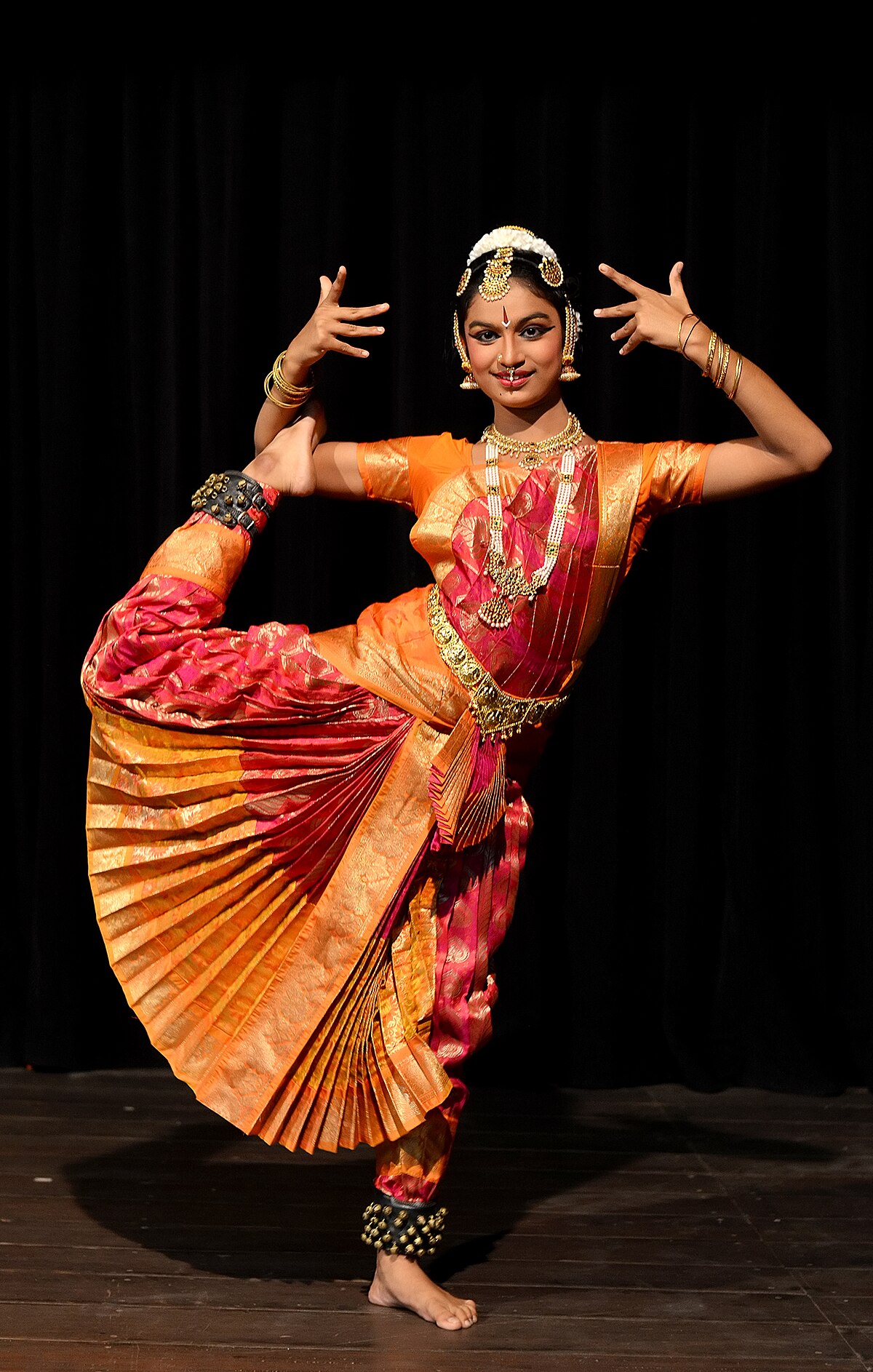What is the importance of the dance to human beings? These questions are of crucial importance to understanding this modern dance, and how people of all ages relate to it. A common practice in both dance and theater, choreography is a process that is used to convey meaning and to establish order for performances. A great way to visualize this is with dance. The three elements of classical or choreographic choreography are set-up, move, and finish. These three elements are all important elements of the ballet choreographic process, and they are in the same order. The choreographers have to take these elements and then arrange them into a complete dance. This is what we call artistry in ballet.
Why should you be concerned about the choreography in a traditional ballet?
First, ballet is a form of theater. Unlike operas, where the audience experiences the play from beginning to end, in ballet the performance can continue throughout, with the director’s direction. In a traditional ballet, the performers are at an equal level. However, ballet is not limited to operas in this way. For example, one can work with the dancers alone or in an ensemble. There is no limitation on the number of performances or the length of time that performances are performed. In this way there is a sense of control and freedom that the majority of audiences have, and which is part of what makes ballet so good. With the choreography of a traditional ballet, at any one time a large group of dancers is performing without any particular direction or control. If the director wants to slow down the pace, the dancers stop immediately. If the dancers want to slow down the pace, the coach stops the production immediately. This is not conducive to a happy audience.

How does the conductor determine the direction for a dance? It is important to understand this because the conductor is the person who has an impact on the energy and enthusiasm of the dancers. If the conductor has a particular idea or goal, then his idea will get amplified on the stage and in the audience. This is the way the conductor’s idea is formed. The direction the dance takes on a given night can be influenced by his ideas, goals, and ideas from other performers. This means that the directions and tempo changes of a work need not be part of the original creative concept.
Once there is a director, do the choreography and the performers remain in place as a cohesive unit, or are they changed throughout the night? The choreography is only one component of the choreography
